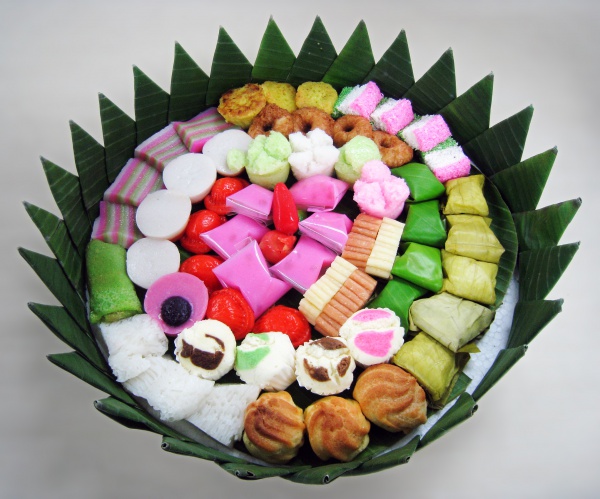Facts About Kue
The term "kue" in Indonesia encompasses a wide array of snacks and desserts, including cakes, cookies, fritters, pies, scones, and pastries. These delectable treats are made from various ingredients and can be prepared through steaming, frying, or baking. Kue is deeply entrenched in Indonesian culture, influenced by historical interactions with colonial powers such as the Netherlands. This has resulted in a delightful fusion of local, Chinese, Indian, and European culinary traditions.
The word "kue" is derived from the Hokkien language. In neighboring Malaysia and Singapore, similar terms like "kuih" and "kueh" are commonly used. In Indonesia, kue is categorized into two main types: "kue basah" (wet kue) and "kue kering" (dry kue), distinguished by their moisture content. Common ingredients in Indonesian kue include rice flour, coconut, palm sugar, and a variety of flavorings such as coconut milk, pandan, and spices.
In urban areas of Indonesia, kue is a popular snack, especially enjoyed during brunch or tea time. Traditional kue is often prepared for special occasions and celebrations, with communal baking being a treasured practice. Kue can also be found in markets and from street vendors, offering a plethora of options to satisfy your cravings.
Kue basah refers to moist and soft snacks, typically steamed or fried. Some popular examples are kue agar-agar, kue ape, kue bakpia, and kue lapis. Conversely, kue kering are dry snacks, akin to cookies, with a longer shelf life. Examples of kue kering include kaasstengels and various traditional and Western-inspired cookies.

 Timor Leste
Timor Leste